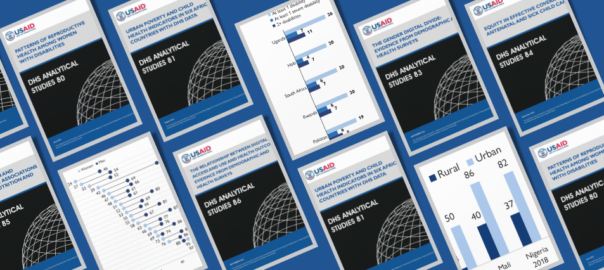Luminare: New Survey Questions Database Makes for Quick and Easy Searching
Since 1984, The DHS Program has conducted 400+ surveys in 90+ countries. That is a lot of surveys and a lot of data! In the past, if a DHS Program data user wanted to reference a particular survey question, they would have to search the questionnaire in the back of the survey Final Report of […]










